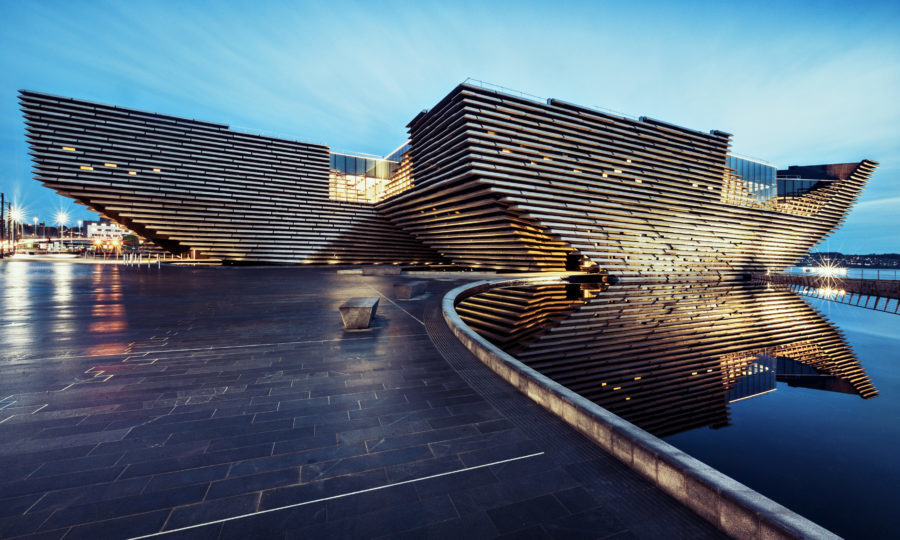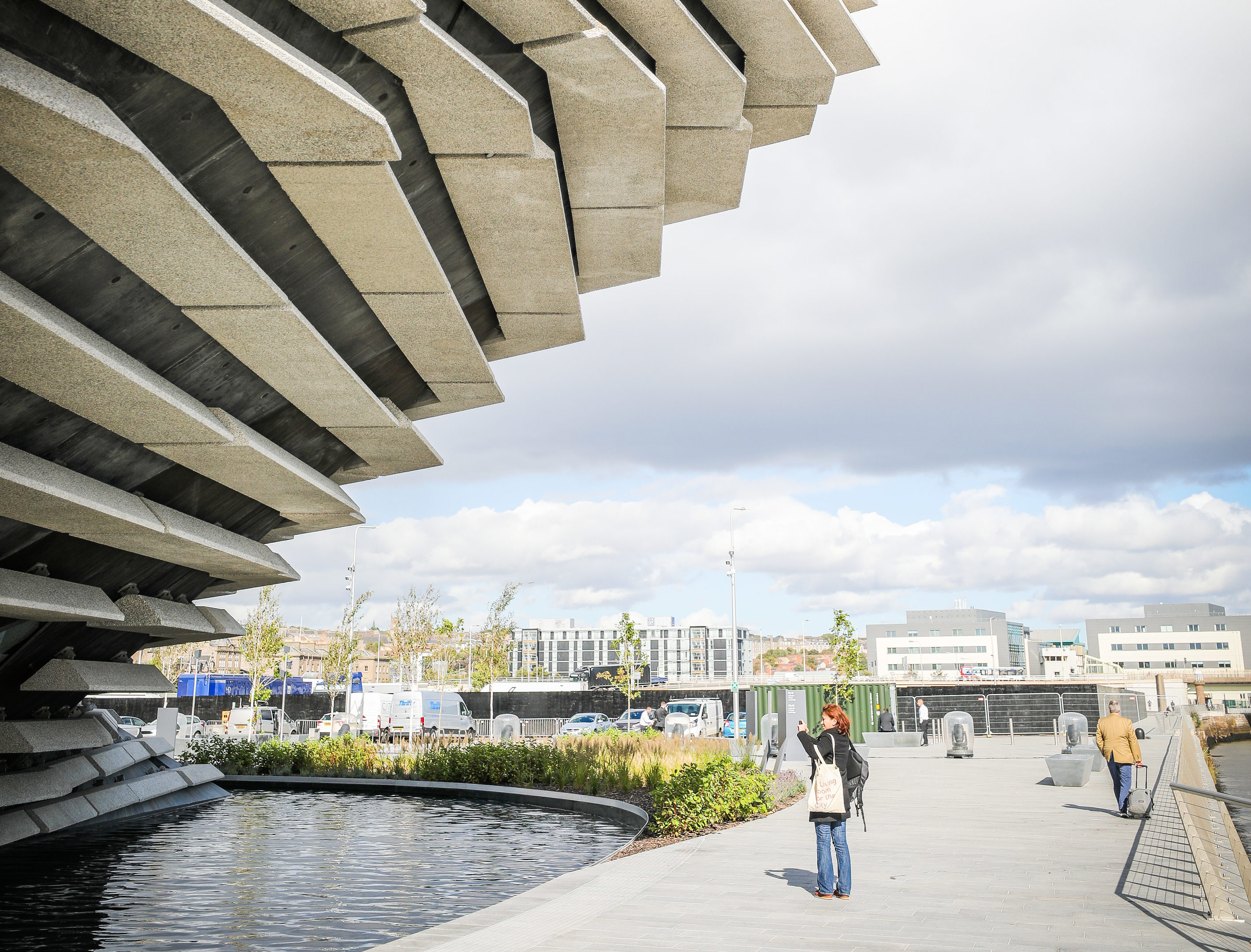AS I was growing up in Dundee, the city was being pulled down.
Street by street and neighbourhood by thriving neighbourhood demolishers were in charge. In the centre of town the old Overgate, the hub of the city’s retail centre, was destroyed. In the Hilltown around our family church the tenements were razed to make way for one of the most loathed housing complexes ever imagined: the “multis”.
If that wasn’t bad enough there was to be one other fatal blow to the cityscape. In 1966 I stood in a crowd as we witnessed the Queen Mother opening the new Tay Road Bridge. Exciting as this was to an eight-year-old boy, the approach to the new bridge had cleared out one other key piece of city architecture.
The old docks which had been the entrance to the city for centuries were (partly) filled in and the Victoria arch pulled down to make way for The Tay Road Bridge approaches.
As the ’70s went on I attended school at Dundee High and walked down to the old bus station to see the skyline being systematically destroyed by the planners building a new monument to local government, Tayside House. This monstrosity perhaps symbolised the design disasters better than any other landmark. Housing the now defunct Tayside Regional Government HQ, it lasted marginally longer than that particular layer of local government.
As children even we could not believe how little the style and architecture seemed to mean to city planners at the time. Pragmatism trumped design in every decision made.
Some demolitions in the last few years have been hugely welcome. How glorious it is for me now to return and see mistakes from the past corrected. It’s great too to stand in the new Slessor Gardens adjacent to the site of that ill-fated tower block – Tayside House – which is now gone forever.
When I was young you could still hear the clatter of jute mills. After the war however the industrial make-up of Dundee had shifted.
For many of the mothers and fathers of my classmates in the 1960s, Timex, NCR or one of the other electronic manufacturers became the main source of employment. Everyone in the city knew someone who worked in one of these firms. It seemed to me you could feel their presence all along the Kingsway, stretching from Broughty Ferry to Invergowrie.
So when industrial relations broke down and these giant companies started to lay-off staff, leading to eventual closure, it seemed for a while that Dundee had become the poor relation of Scotland’s big cities.
Edinburgh continued to dazzle, Glasgow, though post-industrial, was still the political and media capital of the country and Aberdeen behaved like a well-off uncle, distancing itself even further from the poor relations with its new-found wealth. I left Dundee in 1983 and it must have rejoiced to see the back of me. Slowly, but certainly, the city started to attract all the right headlines. Having suffered years of near misses, it was that year Dundee United (the team I grew up supporting) won their first ever league title.
Right on cue musicians and arts projects started to blossom and with the advent of the Dundee Contemporary Arts centre, the success of the Dundee Repertory Theatre and the return of The Discovery, Dundee began to reimagine itself. Across Scotland people were starting to notice.

Since then I have watched, visited and engaged with the city as someone who still calls himself a proud Dundonian. My daughter spent four years at the university and I watched a new generation of musicians find their roots within the city limits and eschew the need to move away.
Excitingly some started to move back. One of my colleagues in Deacon Blue works from his studio in Broughty Ferry.
When I grew up it was hard to imagine hearing a Dundee accent on the radio or television. It seemed to me that all the things I was interested in were happening elsewhere. This week I’m reading, listening and watching a story about Dundee which is all about success.
The reasons for that success are multiple but, on the day the city failed to get the nod as UK City of Culture, it was fairly evident the title was completely superfluous. The V&A was already under construction and the sheer scale and audacity of bringing such a prestigious brand to the waterfront caused everyone to catch their breath.
That it is now open, with visitors streaming in, sends a great message out about the ambition and vision of a place apart which, for those who always knew, is rightly the new cultural capital of Scotland.

Enjoy the convenience of having The Sunday Post delivered as a digital ePaper straight to your smartphone, tablet or computer.
Subscribe for only £5.49 a month and enjoy all the benefits of the printed paper as a digital replica.
Subscribe